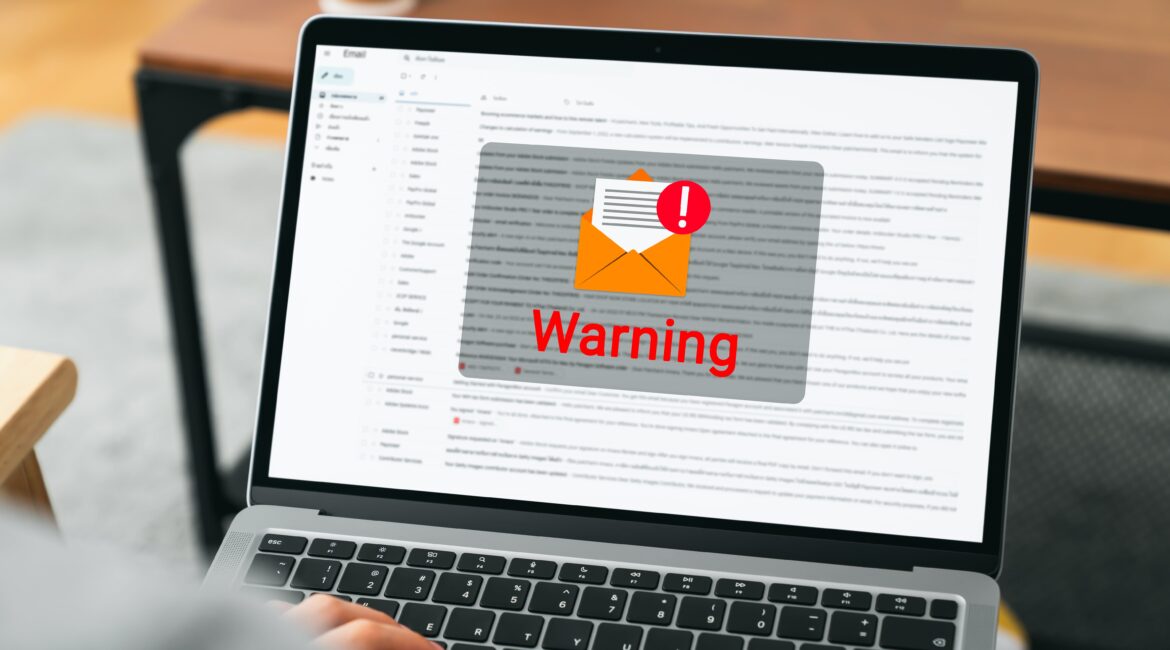Here are 10 tips to help you determine if an email is real or fake from www.nemark.co.uk
- Check the sender’s email address: Verify that the sender’s email address matches the official domain of the organization they claim to be representing. Be wary of slight variations or misspellings.
- Inspect the salutation: Legitimate emails often address you by name or username. Generic greetings like “Dear Customer” or “To Whom It May Concern” can indicate a phishing attempt.
- Review the content for spelling and grammar errors: Legitimate organizations usually proofread their emails carefully. Errors in spelling, grammar, or formatting may suggest a fraudulent email.
- Examine the links: Hover over any links in the email (without clicking) to see the actual URL they point to. Ensure they direct you to the official website of the purported sender, and watch out for shortened URLs or suspicious domains.
- Look for urgent or threatening language: Phishing emails often use scare tactics to prompt immediate action. Be cautious of emails demanding urgent responses, threatening consequences, or offering unrealistic rewards.
- Check for unexpected attachments: Avoid opening attachments from unknown senders or unexpected sources, as they could contain malware or viruses.
- Verify requests for personal information: Legitimate organizations typically won’t ask you to provide sensitive information (such as passwords, Social Security numbers, or financial details) via email. Be cautious if asked to do so.
- Confirm with the organization: When in doubt, contact the organization directly through official channels (e.g., phone number from their website) to verify the authenticity of the email.
- Check the email headers: Advanced users can examine the email headers to look for inconsistencies or signs of manipulation, such as mismatched sender information or unusual routing paths.
- Trust your instincts: If something about the email seems off or too good to be true, it’s better to err on the side of caution. Don’t hesitate to delete suspicious emails or report them to your organization’s IT/security team.

